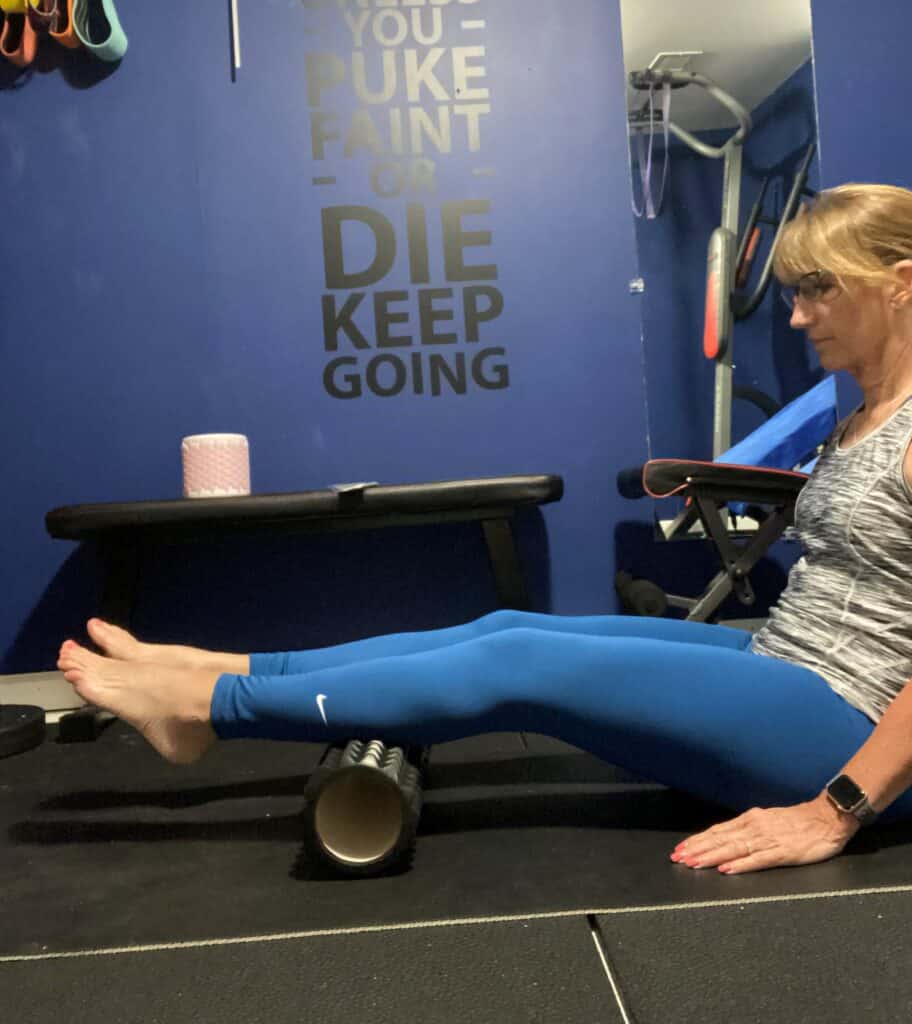Is Cycling After Leg Day Helpful Or Harmful?
Are you a beginner cyclist who is trying to get fit and stay healthy?
If so, chances are that you might be wondering if it’s okay for you to cycle after leg day.
Whether you’re a beginner or an experienced rider looking for a new challenge, it’s important to understand the potential risks and rewards of cycling after a leg day.
This knowledge will help you stay safe while pushing yourself towards your fitness goals.
So, let’s explore the benefits and challenges of cycling after leg day.
I’ll also offer useful tips to help you reap the benefits and reach your fitness goals.
Examining the Challenges of Cycling After Leg Day.
If your like me, leg day is the most challenging of all workouts.
I personally have always had a “love/hate relationship” with leg day.
Why? Well during any workout, blood flows to your muscles to give them nutrients and oxygen for energy.
Since the legs are the biggest muscle group of your body – it requires your heart to work harder and faster to get blood to flow from all over your body and rush to your legs.
Therefore, you fatigue easier using bigger muscles vs smaller muscles.
Mentally, you just know you will be sore the next day!
So, is cycling after leg day helpful or harmful?
Well, it can be very helpful if you take it slow but can be harmful if you push too hard.
The good news is that with these few simple tips, you can still get the most out of your cycling routine after a leg day workout.
1. First, be sure to stretch and foam roll before hopping on your bike, this will help loosen up tight muscles, so they don’t become strained while pedaling.
2. Try adjusting your bike seat so that it is slightly higher than usual. This helps reduce strain on your legs and can make a big difference in comfort level.
3. Intensity is also something to consider. Adding cycling to your leg day routine can boost your strength and endurance, but it’s important to keep in mind that your legs are already feeling the burn. Pushing yourself too hard on a tough ride could lead to excessive strain. So, it might be a good idea to dial back the intensity a bit and focus on quick bursts instead of longer, sustained efforts.
4. You may also want to think about increasing the resistance on the bike to work both your upper and lower body. This can take some of the pressure off of your already fatigued lower body.
5. Don’t forget to pay attention to how your body is feeling during the ride. If anything feels off or painful, stop immediately and give yourself a break!
6. Also, don’t skip your cool down after you get off your bike – this will help to prevent overexertion and possible injury.

Learning About Muscle Memory & Its Role in Recovery
While cycling is an excellent way to exercise and strengthen your legs, muscle memory plays a huge role in just how beneficial it can be.
Not only for the strength of your muscles but also for shortening recovery time.
Muscle memory refers to the ability of previously worked muscles to remember movements so that they can be repeated later with greater ease.
After repetitive motion, such as the spinning motion you do while cycling, your muscles become more flexible and efficient at continuing this same motion without much strain.
As a result, each muscle’s likelihood of injury decreases, making them stronger and able to perform better over time – essential characteristics for cyclists!
Include Stretching Post-Leg Day and Cycle Rides
Including stretching exercises in your routine can do wonders for your flexibility and overall performance.
By increasing flexibility in your hips and knees, you not only reduce muscle fatigue but also prevent the risk of injury.
It’s a win-win!
Consider including a series of stretching exercises before and after each ride.
This can include standing quad stretches, sitting toe touches, hip flexor stretches, and hamstring stretches.
These exercises are highly effective in increasing range of motion, boosting circulation, and reducing fatigue.
Keeping Yourself Hydrated While Cycling After Leg Day Workouts
Keeping yourself hydrated is an important part of your post-leg day workout.
Cycling after leg day can be tiring, so it’s important to keep your body fueled with the right kind of fluids.
During and after your ride, make sure you are drinking plenty of water or sports drinks or other electrolyte drinks to help you stay energized and prevent dehydration.
In addition to staying hydrated, make sure to include regular snack breaks into your cycling schedule as well!
Summary
Cycling can be a great way to help with your leg day.
It’s an endurance based exercise, which translates into incredibly helpful gains.
Due to the lack of impact it entails, cycling helps build endurance without wreaking extra havoc on your muscles and joints.
The repetitive movement of pedaling helps to promote recovery of tight muscles and win you extra points if you are suffering from delayed onset muscle soreness.
Plus, the cardiovascular workout provides your body with fresh oxygenated blood that is essential for a successful post-workout recovery session!
